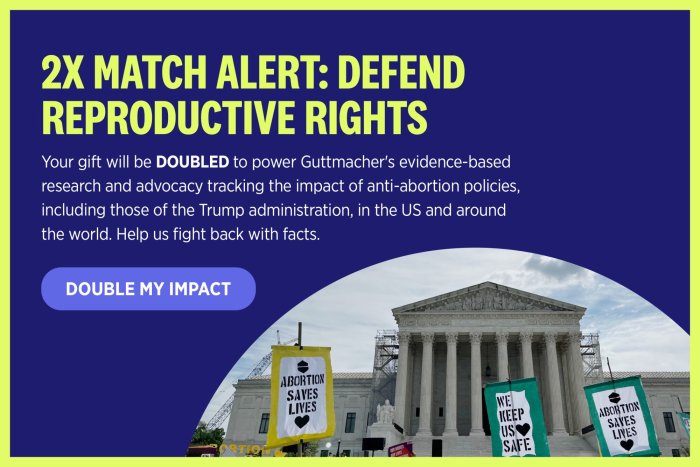• To explore the feasibility of creating an easy-to-use summary data tool from survey data, we combined 16 indicators into an index measuring four dimensions of adolescent women’s sexual and reproductive health and rights. The index was tested using data from 30 countries that had relatively recent nationally representative surveys and were distributed across four regions.
• The resulting index, denoted by the summary acronym AISAR, examines adolescents’ access to information and services, agency in sexual activity and health, and perceptions of rights within marriage. To explore how the tool can be used, we also created an index of adolescents’ needs for sexual and reproductive health information and services.
• Although the results are tentative and exploratory, some general patterns emerged. Conditions of adolescent women’s sexual and reproductive health and rights are poorest in the 13 Sub-Saharan African countries, where needs are also among the highest. Latin American countries have above-average conditions, but also have very high needs. The South and Southeast Asian countries tend to have relatively poor sexual and reproductive health conditions for adolescent women, but also have below-average needs. The three Eastern European countries have above-average health and rights conditions with relatively low needs.
• Our exploratory exercise showed large gaps in the availability of survey data that accurately measure adolescents’ receipt of sexual and reproductive health information and their access to services, and even larger gaps in data to document their sense of agency in sexual and reproductive matters and understanding of their sexual rights.
• Despite the difficulties of drawing conclusions from an index with many missing data points, these findings suggest that developing such indices is a useful endeavor that can provide helpful, at-a-glance summary information to policymakers and program planners. The analysis also makes clear the great need to improve on this pilot effort.
• The existing data gaps point to the need for national surveys to develop and include new questions to more accurately measure adolescents’ understanding of sexual health issues, their access to needed services, and their ability to exercise their rights and exert agency over their sexual and reproductive lives.
